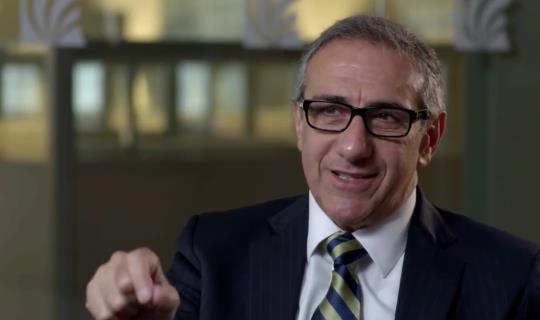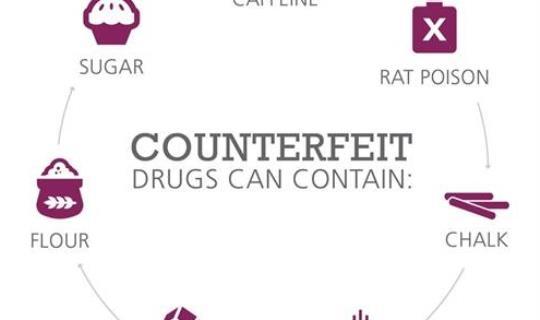Article: Thailand — Prepare for Success
By World Courier
This article first appeared on the Journal for Clinical Studies, Jan 2015
This month, we visit the Kingdom of Thailand, the Land of the Free and the only country in Southeast Asia that was never colonised by Europeans. It was called Siam until 1939, a Sanskrit word meaning dark or brown.
The capital city is Bangkok; well actually, Bangkok is the short name. It is actually called Krungthepmahanakhon-Amonrattanakosin-Mahintharayutthaya-ahadilokphopNoppharatratchathaniburirom-Udomratchaniwetmahasathan-Amonphimanawatansathit-Sakkathattiyawitsanukamprasit. If your Thai is a bit rusty, that means City of Angels, Great City of Immortals, Magnificent City of the Nine Gems, Seat of the King, City of Royal Palaces, Home of Gods Incarnate, Erected by Visvakarman at Indra’s Behest. I’m told that even the locals learn a song at school in order to get to grips with the 169-character longer version.
Thailand has more than 1430 islands, and shares a border with four countries: Myanmar (formerly Burma) to the north and west, Laos to the north and east, Cambodia to the southeast, and Malaysia to the south. The population is around 66 million people. Around 95% of the population are ethnically Thai (some fully or partially Thai Chinese), about 3% Malay Thai, and a small number of Mons, Khmer and tribes. There are 76 provinces and two special governed districts. Literacy is 93.5% with education compulsory to age 14 and free up to the age of 17.
The country is part of the ASEAN community of countries, the second largest economy in Southeast Asia according to GDP, a non-NATO ally and a member of the UN. It is considered as an emerging economy and a newly-industrialised country. According to the CIA World Factbook, exports amount to over $105 billion worth of goods and services annually. The country is modernising rapidly, although its people are still passionate about their heritage and culture. From its national sport (Thai boxing, or Muay Thai) to its annual Monkey Buffet Festival (where 600+ monkeys are fed sausage, fresh fruit and ice cream), Thailand holds its culture dear, even as it advances with the rest of its peers in Southeast Asia.
One-tenth of all animal species on earth live in Thailand, including Siamese cats which are known locally as Wichian Mat, meaning moon diamond. Giving a pair of Si Sawat cats (a slate blue-grey sub-breed) to a bride is considered to bring good luck to the marriage. Presumably neither the bride nor groom is allowed to be allergic.
Thailand’s climate is tropical, high both in temperature and humidity, and dominated by monsoon. April and May are the hottest months of the year, when the locals are moved to complain about the heat. June sees the beginning of the southwest monsoon, and brings with it the rainy season, which continues intermittently until the end of October. From November to the end of February, the climate is much less trying, with a cooling northeast breeze and a reduction in the humidity level. This is also the main tourist season.
R&D and Regulatory Environment
The Ministry of Public Health is responsible for looking after health and medical care through 1000+ hospitals and 9700+ health stations. Almost all Thai citizens have health insurance coverage. Infectious diseases represent a significant public health issue, including HIV and AIDS, hepatitis, malaria, Japanese encephalitis and Weil’s disease. Around 1650 clinical trials have been conducted, with more than 200 AIDS studies and nearly 450 on communicable diseases.
The Thailand Food & Drug Administration (FDA) employs suitably qualified officials including graduate pharmacists to handle clearance at 10 food and drug
checkpoints nationwide. These are situated in:
- Bangkok Air Cargo Food and Drug Checkpoint
- Inbound-Passengers 1 Food and Drug Checkpoint
- Inbound-Passengers 2 Food and Drug Checkpoint
- Port Authority of Thailand Food and Drug Checkpoint
- Customs Department Food and Drug Checkpoint
- Bangkok Mail Centre Food and Drug Checkpoint
- Lat Krabang Food and Drug Checkpoint
- Cement Thai Food and Drug Checkpoint, Samut Prakan Province
- Padang Bezar Food and Drug Checkpoint, Songkhla Province
- Laem Chabang Food and Drug Checkpoint, Chon Buri Province
However, FDA clearance for air import shipments can only be processed at the following ports of entry, which depends on the importer’s location:-
- Suvarnabhumi International Airport, BKK airport
- Chiang Mai International Airport – CNX airport
The agency’s mission statement for imports is “procedures taken at the checkpoints should not be too lengthy and burdensome to decent importers”. It works in tandem with customs to clear shipments. The important thing to remember about this is that it works when all the necessary procedures have been completed in advance of shipping.
Steps to Ensure Successful Shipments
The Importer of Record (IOR) has to register with the FDA and apply for an Import Licence for each pharmaceutical import. Some licences are obtained on the next day; some take more than two weeks, with the average being three to four days. The speed of approval depends on the IOR’s submission into the FDA’s system. An import permit is also needed from the Ministry of Health. This permit or licence needs to be obtained by the importer or consignee and the process takes about three to four weeks. For items like medicines, vaccines or lab kits (containing drugs) a Certificate of Analysis is needed and this should be provided in advance. The invoice accompanying the shipment must state the batch or lot number which can be related or matched with the Certificate of Analysis. If the IOR is a government institute (which includes all hospitals) clearance requires the IOR to grant Power of Attorney to its nominated broker to clear the shipment. The document needs to be an original, signed and stamped by an importer or consignee. It takes about a week to obtain the power of attorney so it’s highly recommended that this is all ready to go before shipping. The power of attorney is then printed on shipper’s letterhead, signed and stamped.
A Shipper’s Certification document has to be available at the time of clearance. For private companies this states the company registration, signed (with the same signature as on the registration letter) and stamped. For government entities (e.g., universities, hospitals, ministries, study projects etc.), a Delegation Of Authority letter is required, signed and stamped. In addition, a copy of the ID, passport or government ID card from the person who signed on the above paperwork must be supplied. The actual shipper must be shown on the airline paperwork (MAWB) as the shipper, rather than the forwarder; similarly with the actual consignee/IOR. Any correction on any documents (e.g., the MAWB, or invoice) must have the company’s stamp on the corrected word or figure. Any corrections without company stamp will not be accepted by customs authorities and will cause delays.
No handwritten entries or handwritten changes on the MAWB are allowed. If any amendments are needed postarrival, then a penalty of THB1000 (approx USD30) will apply. Paperwork must never show an individual on the first line. Customs would classify this as a private importation, causing delays. The full and correct company name and address must be shown without any abbreviations. If everything is correct and in place, then clearance takes as little as four hours, so it shouldn’t be necessary to replenish gel packs or dry ice. However, this can be arranged, as can temperature-controlled storage.
There are two handlers with temperature-controlled areas in Bangkok:
TG
All areas door size = 3.5 x 4mFreezer -20C: 8 x 8 x 4m
Refrigerator +2 to +8C: 8 x 8 x 4m
Controlled ambient +15 to +25C: 8 x 8 x 4m
Other -5C: 8 x 8 x 4m
BFS
All areas door size = 4 x 4mFreezer -20C: 8 x 16 x 4m
Refrigerator +2 to +8C: 8 x 16 x 4m
Controlled ambient +15 to +25c: 8 x 16 x 4m
Other +4 to +8C: 8 x 16 x 4m
Other +2 to +4C: 8 x 16 x 4m
Other +8 to +15C: 8 x 16 x 4m
Thailand is rapidly becoming more like other, more developed markets in the region, and as part of the ASEAN region (which is set to become a single market during 2015 with a free flow of goods, services, and skilled labour and a harmonised drug registration), it offers excellent opportunities. Growth is expected in both clinical and commercial prospects. It is prudent to note that like other countries in the area, it also comes with stringent regulatory and transport/logistics processes that require careful attention and adherence to ensure timeliness and integrity of the supply chain.




